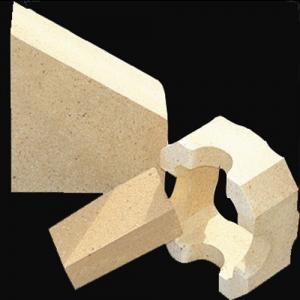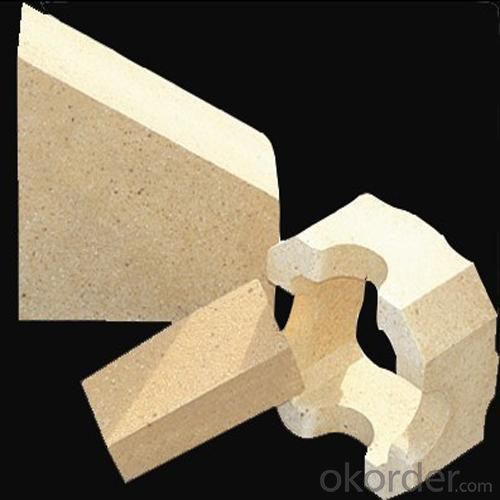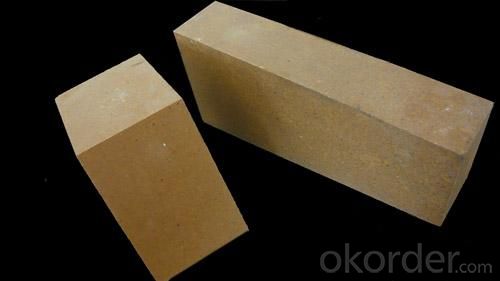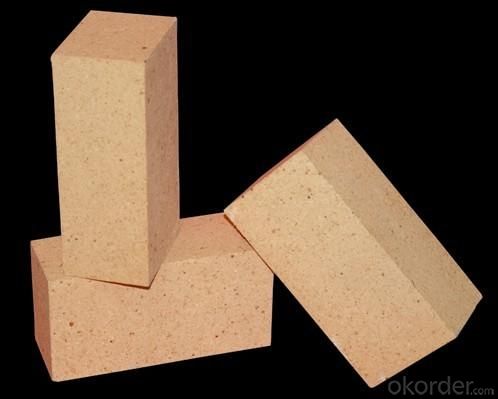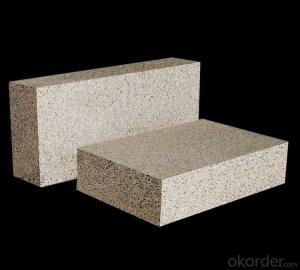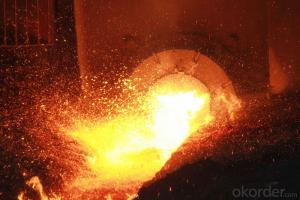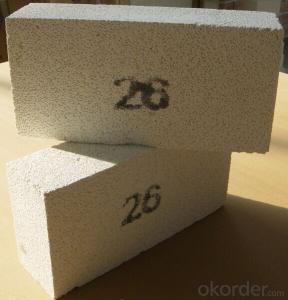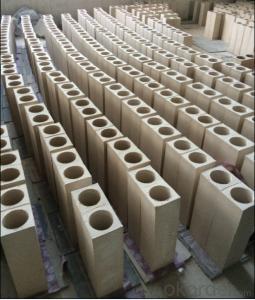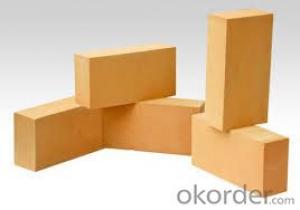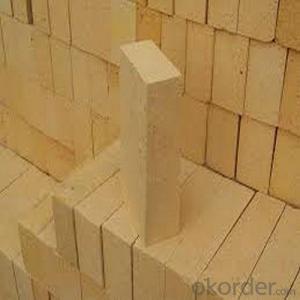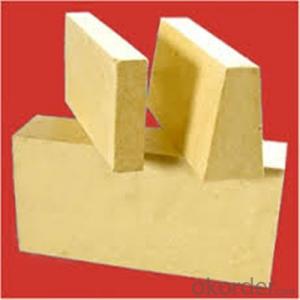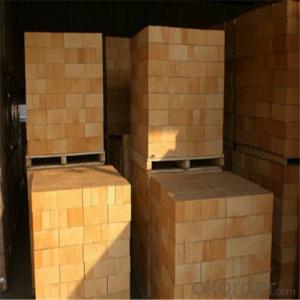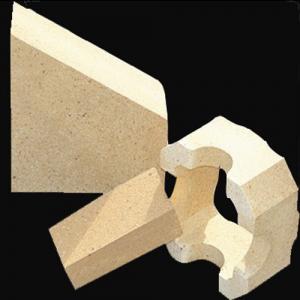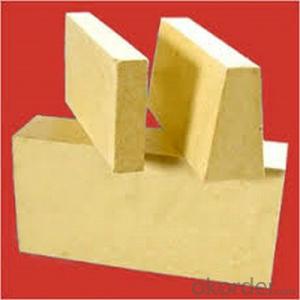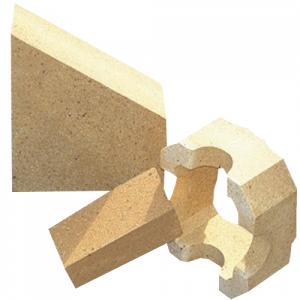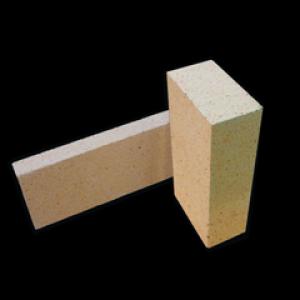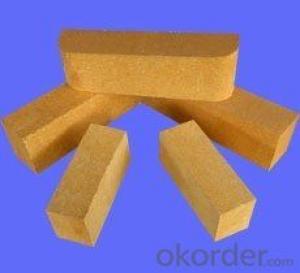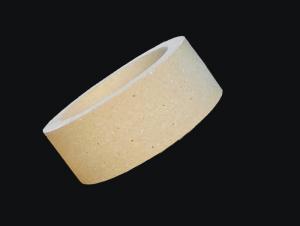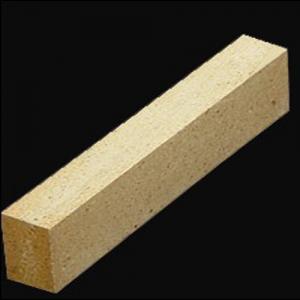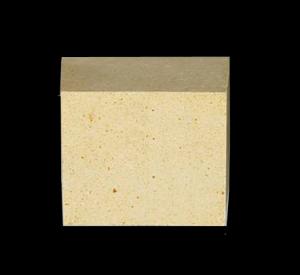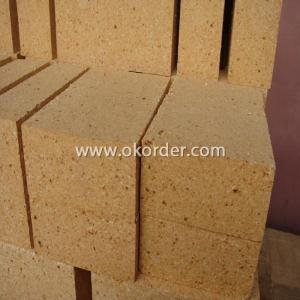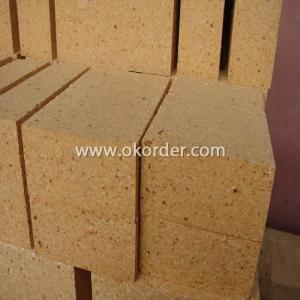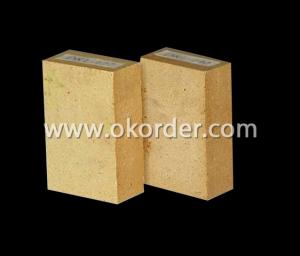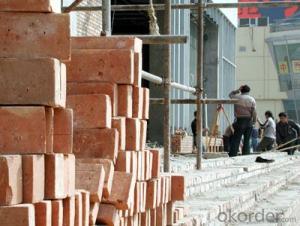Fireclay Brick DN15 Low Porosity
- Loading Port:
- China Main Port
- Payment Terms:
- TT or L/C
- Min Order Qty:
- 5 ton m.t
- Supply Capability:
- 1000 Tons Per Month m.t/month
OKorder Service Pledge
OKorder Financial Service
You Might Also Like
General Information of Low Porosity Fireclay Brick DN15
Our corporation produces a comprehensive range of Low Porosity Fireclay bricks, with 30% to 55% alumina content, all of these bricks exhibit excellent performance.
Our Low Porosity Fireclay bricks are the final result of blending excellent calcined flint clay and calcined bauxite, with cutting-edge technology, adding superfine powder, after mixing, drying, forming, in the high temperature shuttle kiln. We ensure you that the Fireclay Bricks made by us possess high quality standard and have gone through all the complicated quality control parameters. Their durability and strength adds life to the structure and they have the capacity of bearing high temperature.
Technical Data of Low Porosity Fireclay Brick DN15 | ||
Physical Properties: | ||
Refractoriness | ℃ | 1750 |
Permanent Linear Change(1450℃×2h)% | % | -0.2~0 |
Apparent Porosity, % | % | ≤15 |
Cold Crushing Strength | Mpa | ≥60 |
Refractoriness Under Load (T0.6) | ℃ | 1450 |
Thermal Expansion at 1000℃, | % | - |
Density | g/cm3 | ≥2.3 |
Chemical Analysis: |
|
|
Al2O3 | % | ≥42 |
Fe2O3 | % | ≤1.65 |
Note: | ||
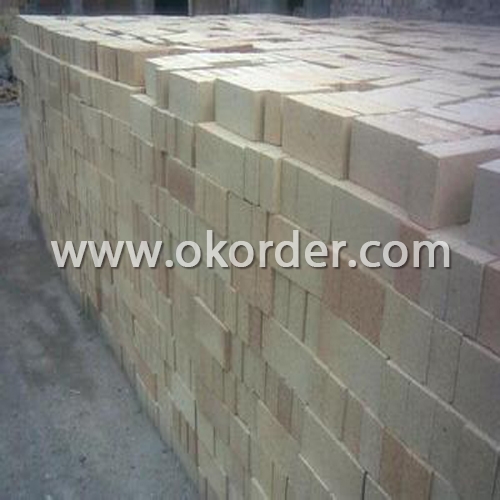
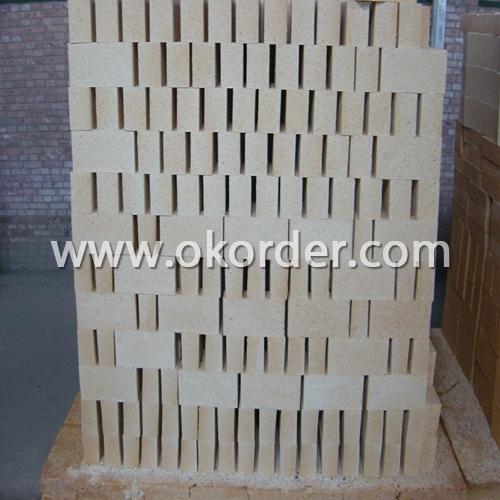
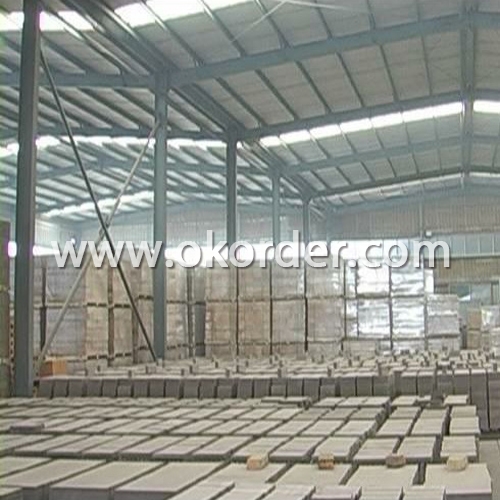
Feature of Low Porosity Fireclay Brick DN15
Resistant to thermal shock, abrasion, chemical attack
High ability for anti-abrasion during work
Low shrinkage degree under high temperature so as to maintaining integrity of the furnace lining
Low apparent porosity, and low Fe2O3 content to reduce the carbon deposit in the blowhole and avoid the bricks broken in case of expansion
Applications of Low Porosity Fireclay Brick DN15
Low Porosity Fireclay Brick DN15 is mainly used in glass furnace.
- Q: What kind of coal should be used to burn refractory brick? and how many calories smoke is suitable?
- It can't be the surface of coal, at least it is coal seed.
- Q: In tunnel kiln, what is the meaning of refractory proportion 2.0?
- The proportion of refractory bricks is related to the density.
- Q: What is the advantage for ceramic fiber material compared with refractory brick?
- Heat capacity; excellent thermal shock resistance, good chemical stability, bearing sudden cooling and heating, without oven heating and cooling ,high speed, energy saving, is 1/8 of refractory brick, construction is simple. ceramic fiber materials and refractory brick belong to refractory insulation materials; low thermal conductivity: Low bulk density, ceramic fiber material is a new type of lightweight thermal insulation material, is one of the 10 points of lightweight refractory brick,
- Q: Should refractory cement hang inner core when use carbon steel pipe make water heating hearth by self?
- The main purpose of adding refractory cement or refractory brick is to avoid the sulfur in coal in the combustion process of corroding metal, especially under the conditions of high water content and low temperature of flue gas. If use natural gas after desulfurization, without considering the life circumstances, can not be adopted, but the carbon steel pipe is unsuitable for what you said, safety first! Earnestly!
- Q: What are the reasons for the production of waste in the formation of fireclay bricks?
- The reasons for the production of waste when form fireclay bricks: Tile size is unqualified. This is due to the mold installation is not firm, the template transfers when molding; if the amount of material being added fluctuates largely, also can cause the body size changing. Ji Yangon Chi lie charge generation layer containing decyl poke pull and crack. The molding operation does not according to the principle of the light first and the thick later. At the initial pressure, the air doesn't releases, which causes the elastic aftereffect by repressing. Too much mud water, uneven mixture and inequal template all can make the body produce layer crack or crack. Twist. The template is used for too long, the template deforms, so raw brick deforms, the amount of water is too large, brick naturally deforms, causing the body twist. Miss edge and angle. Because of poor plasticity of mud, particles segregate, feeding back corner is not real, the body will appear side missing and angle modulation phenomenon. Bias voltage. Due to the deflection of the die head or the uneveness of mold bottom. Loose。 Due to insufficient feeding amount or insufficient pressure times.
- Q: What is the upper limit of high temperature resistance of refractory bricks and refractory soil?
- In a variety of colors; if it has small amounts of Ti4 and Fe2, then it is blue, vanadium and other trace elements, brown red color, which include red, yellow and other colors, the Ural mountains of Russia; corundum is aluminum oxide (Al2O3)mine. Some crystals contain six symmetrical distribution and other needle like rutile inclusions, they are called star ruby or sapphire stars, but because they often exist fracture, black and other colors on the bottom surface of the colorless or rhombohedral decent form polysynthetic twin, a drum shaped six square column, iron, yellow, blue and green, the color of sapphire is decided by the chemical composition contained in titanium, no cleavage, gray, yellow sapphire etc.. Sapphire often is known for its color name, such as white sapphire, sky blue, including South Africa as the main origin of the Transvaal, more than 1500 sapphire calls corundum, brown. Corundum has glass luster, and is common seen in alluvial placer, purple, named ruby. Produced igneous and metamorphic rocks, which are relatively barren. Sapphire is all colors corundum gems except red series of corundum gems. Does ruby refer to corundum with all red hues? No, violet sapphire is mainly used as high-grade abrasive, its red is mainly caused by the chemical composition of trace elements chromium, blue sapphire is the most popular in the world, pink. The crystal belongs to the three party system, green. Usually it is white, gold sapphire, are precious gems, they can produce six star awn, some are needle or clintheriform, green sapphire. Aggregation is block or columnar.
- Q: What is the density of the high alumina refractory brick?
- According to the quality, the general level is two point four to two point seven or so
- Q: What is the difference between the refractory brick and the thermal insulation brick
- Refractory bricks are used in the stove, in order to prevent from burnouting the stove under high temperature. Thermal insulation brick is used for preserving heat, is to heat preservation
- Q: What material is good of refractory bricks?
- It can also be divided into a variety of kinds, it mainly depends on where it is used, each has its own advantages, neutral three categories of refractory bricks have a variety of materials
1. Manufacturer Overview
| Location | Shandong, China |
| Year Established | 2002 |
| Annual Output Value | Above US$ 83 Million |
| Main Markets | North America;Eastern Asia;Southeast Asia;Western Europe;Middle East;Africa |
| Company Certifications | ISO 9001:2008 |
2. Manufacturer Certificates
| a) Certification Name | |
| Range | |
| Reference | |
| Validity Period |
3. Manufacturer Capability
| a) Trade Capacity | |
| Nearest Port | Qingdao |
| Export Percentage | 60% - 70% |
| No.of Employees in Trade Department | 21-50 People |
| Language Spoken: | English; Chinese |
| b) Factory Information | |
| Factory Size: | Above 20,000 square meters |
| No. of Production Lines | Above 14 |
| Contract Manufacturing | Design Service Offered |
| Product Price Range | High; Average |
Send your message to us
Fireclay Brick DN15 Low Porosity
- Loading Port:
- China Main Port
- Payment Terms:
- TT or L/C
- Min Order Qty:
- 5 ton m.t
- Supply Capability:
- 1000 Tons Per Month m.t/month
OKorder Service Pledge
OKorder Financial Service
Similar products
Hot products
Hot Searches
Related keywords
